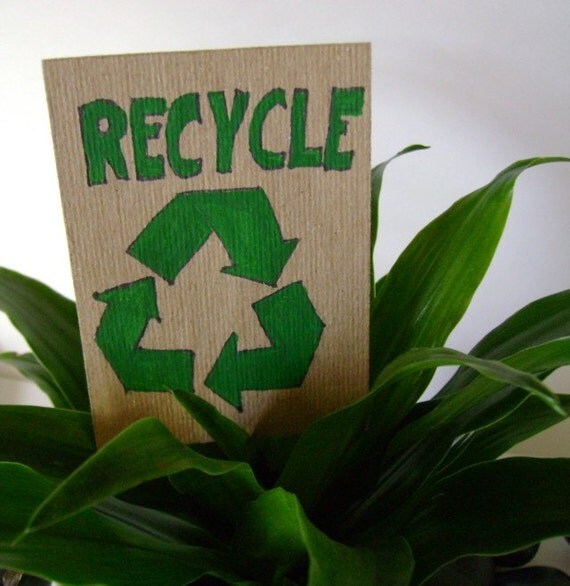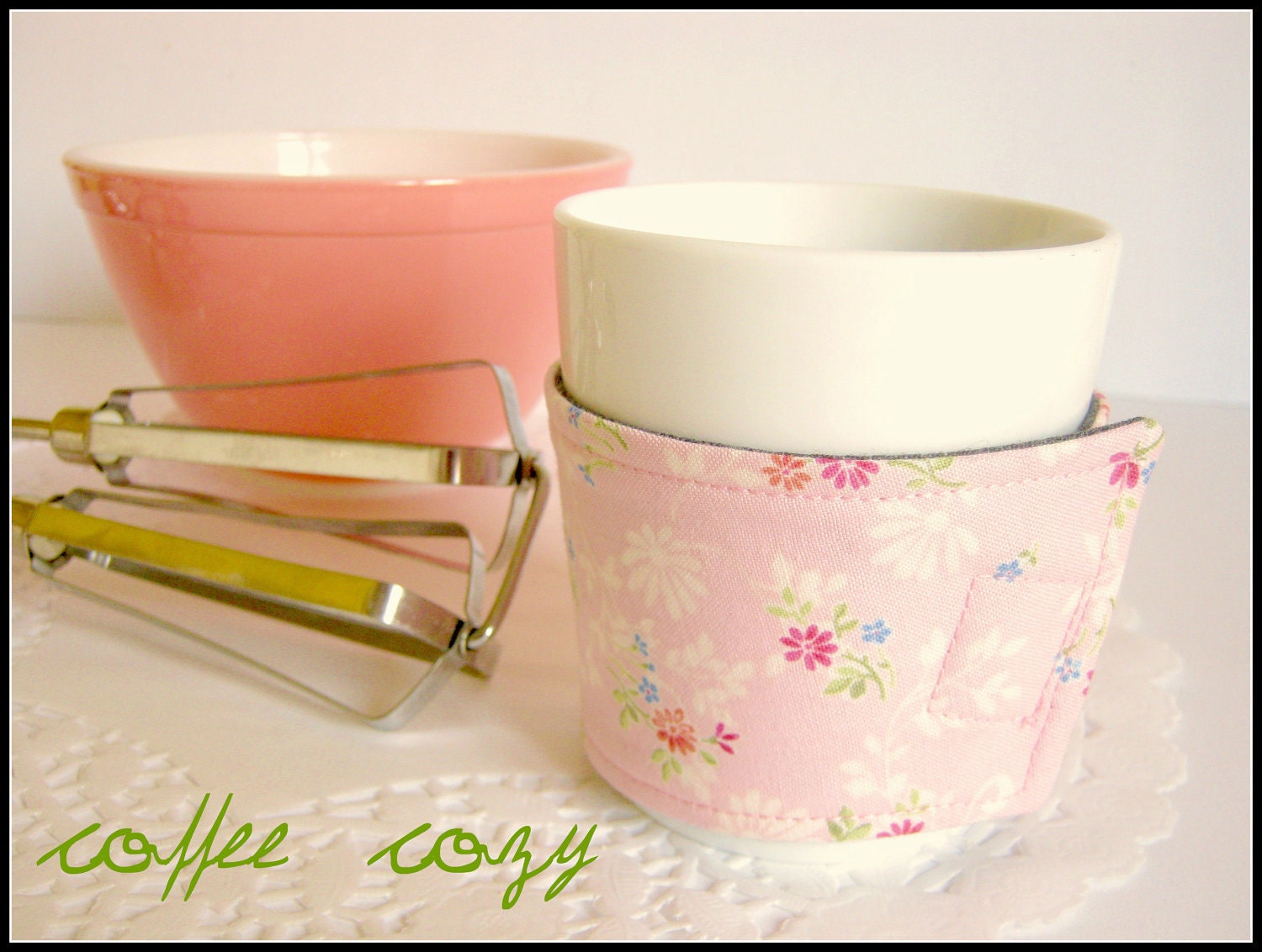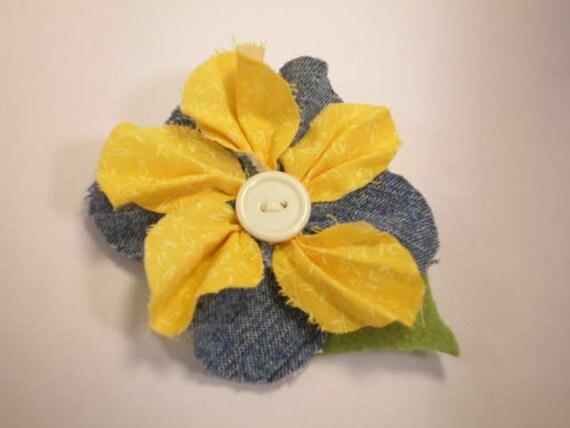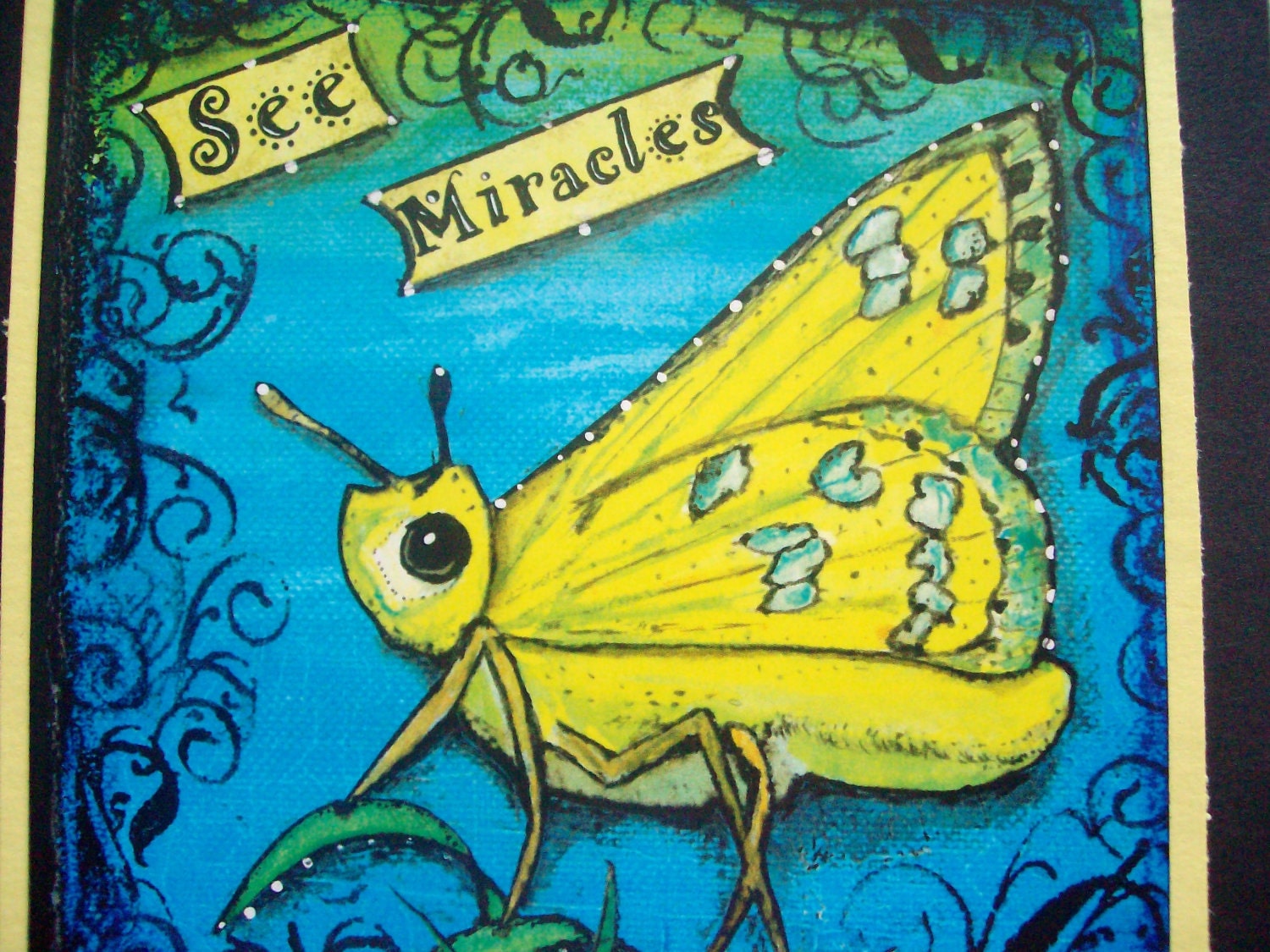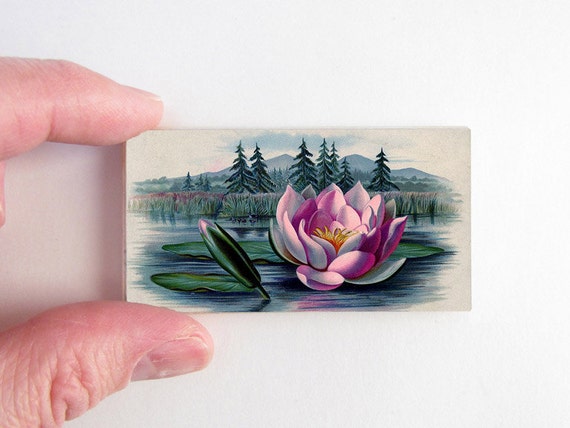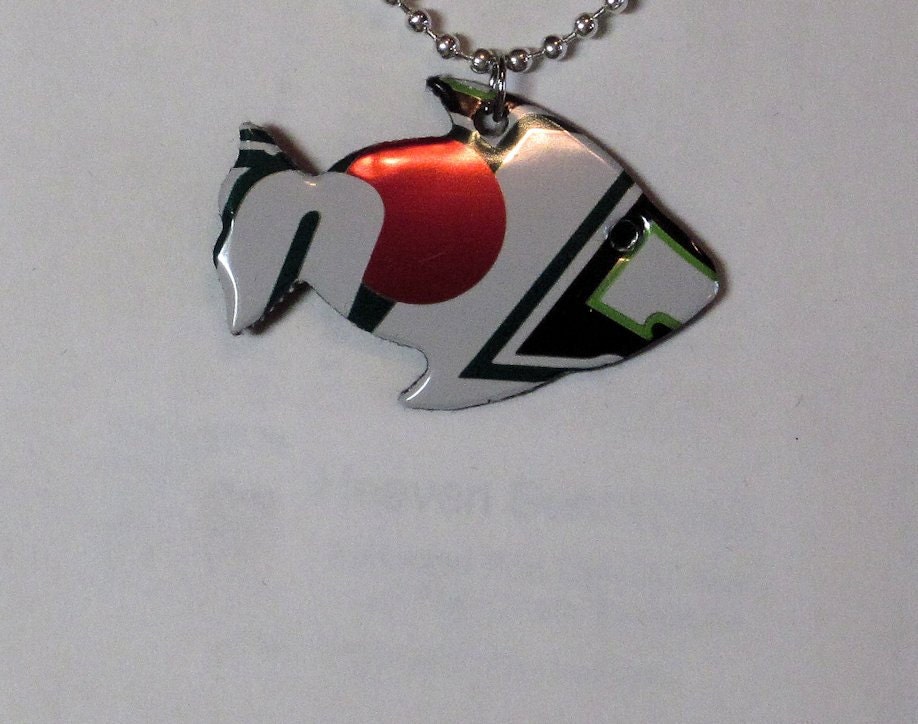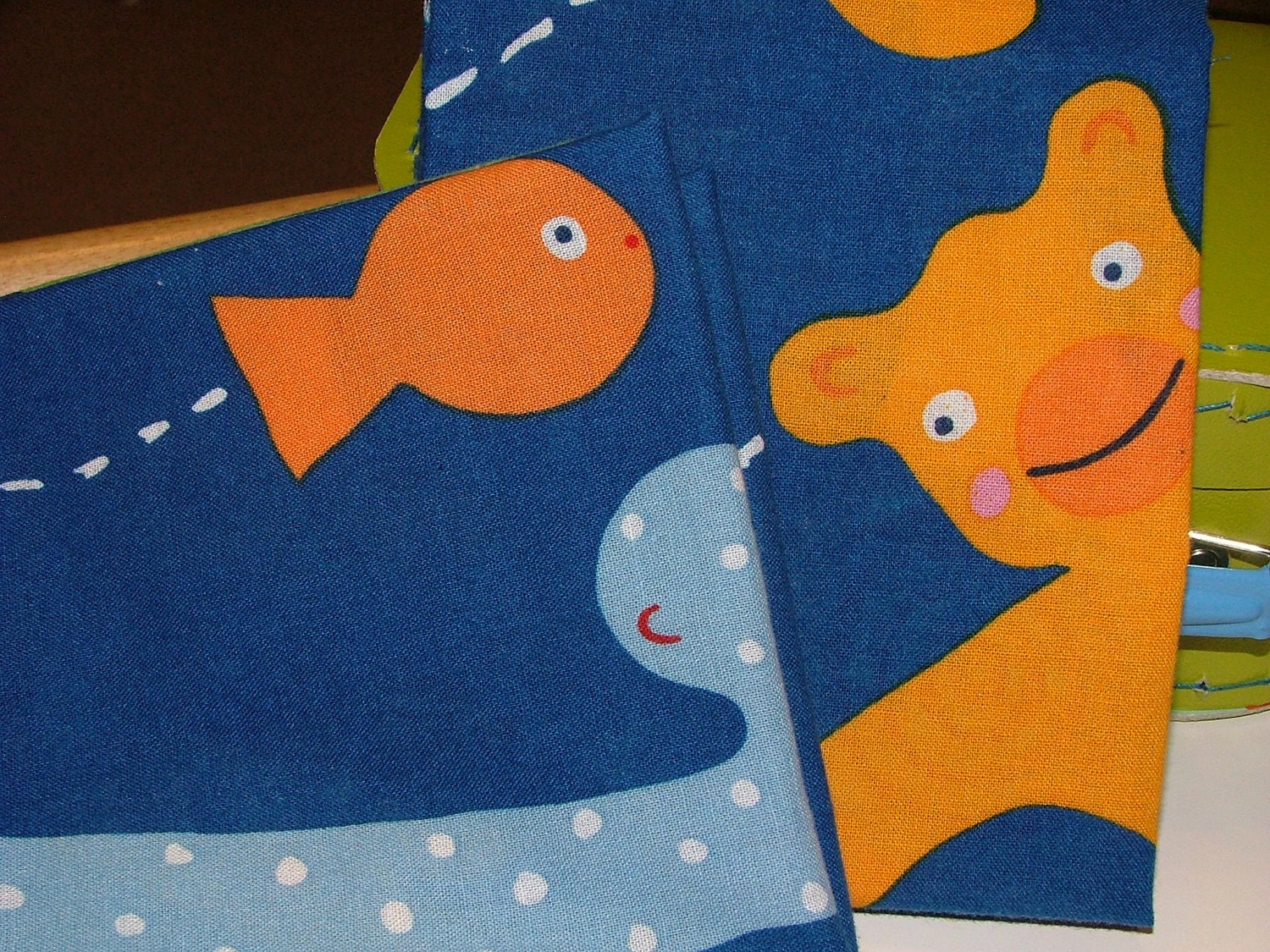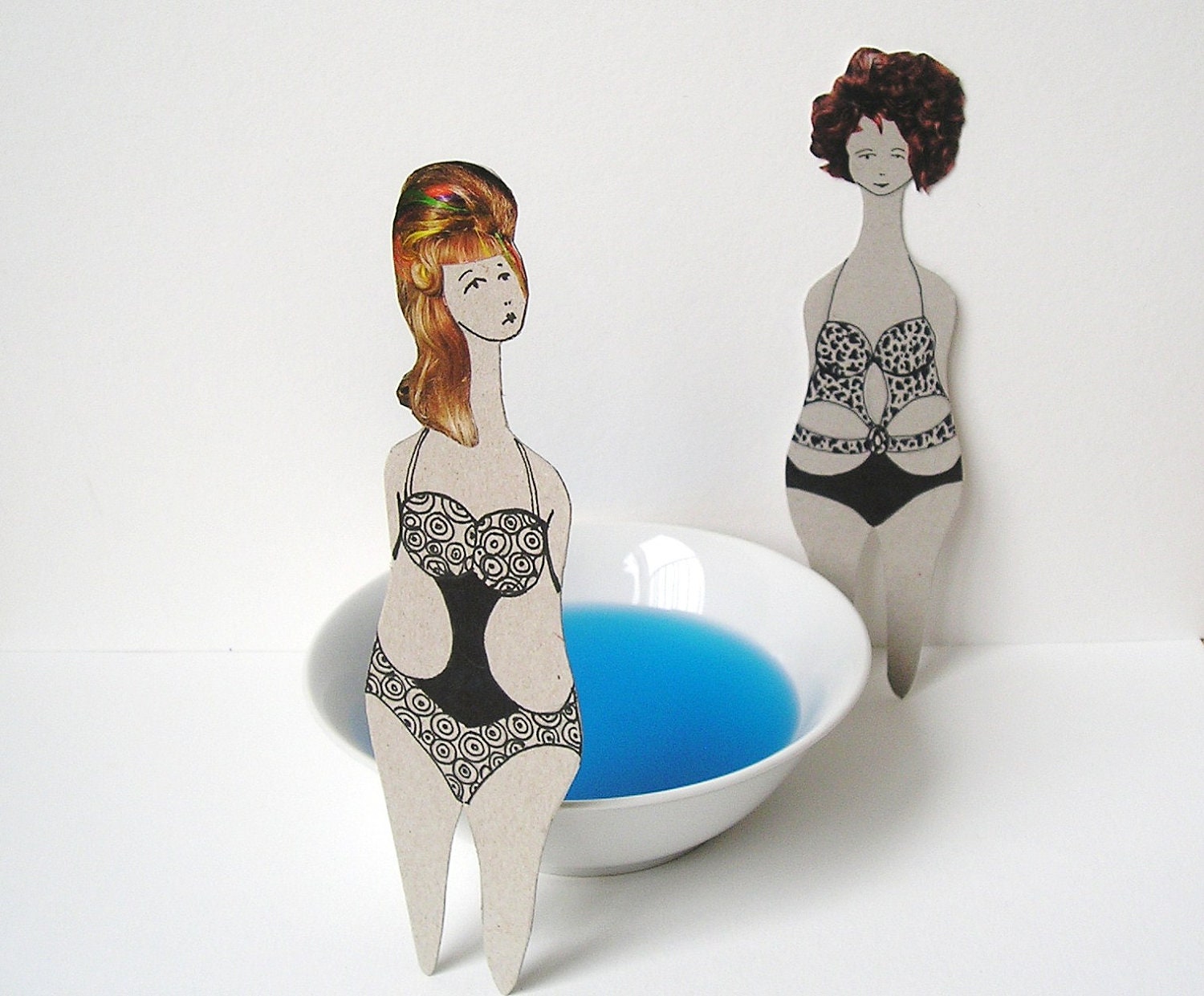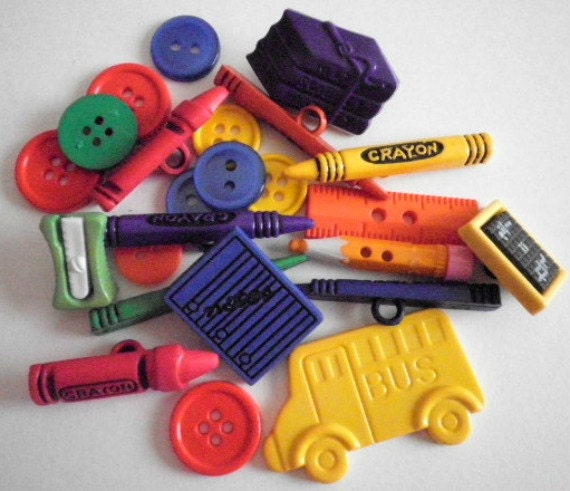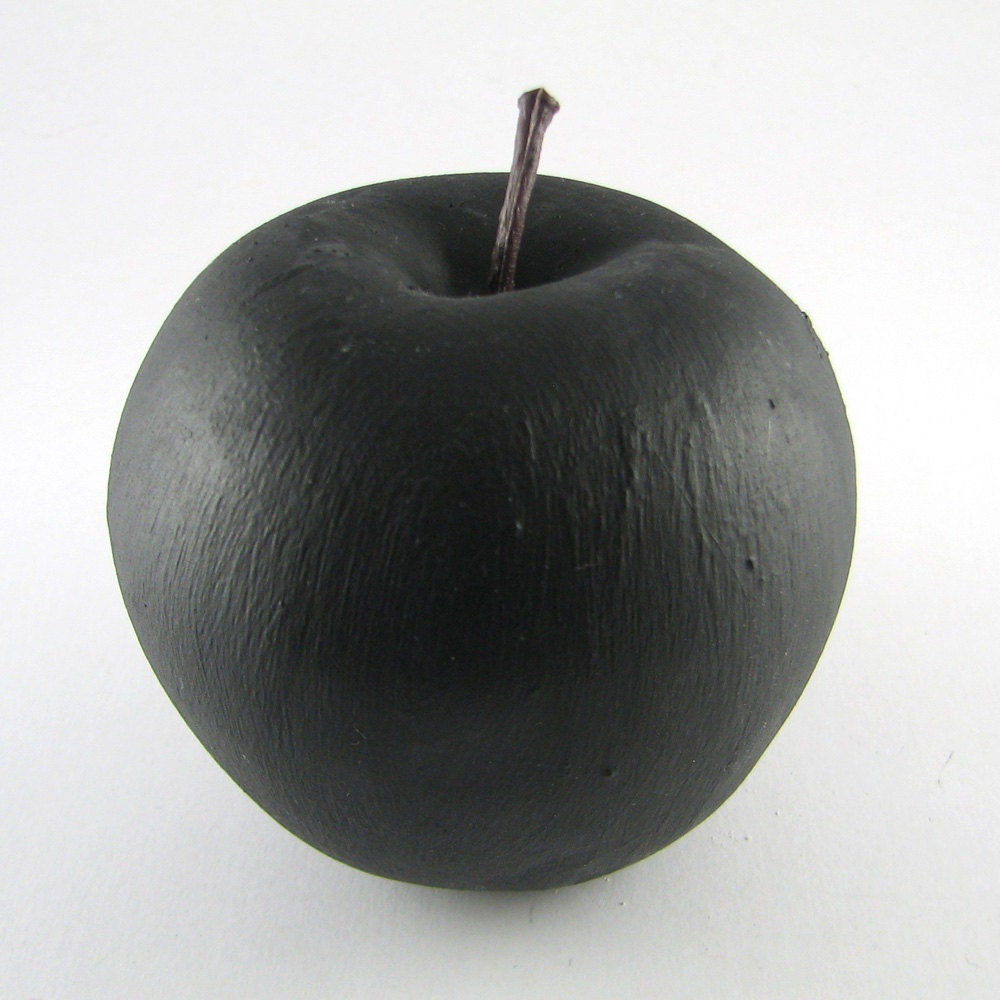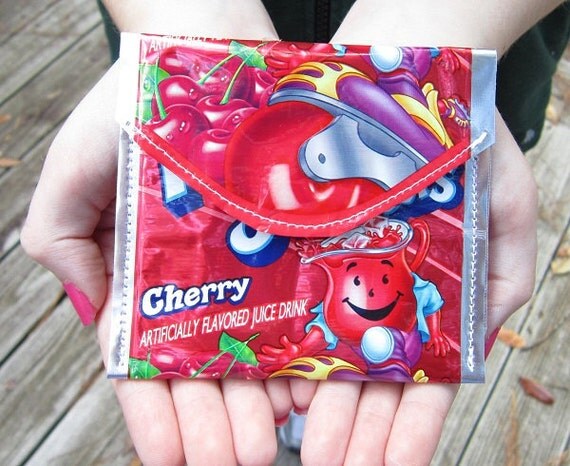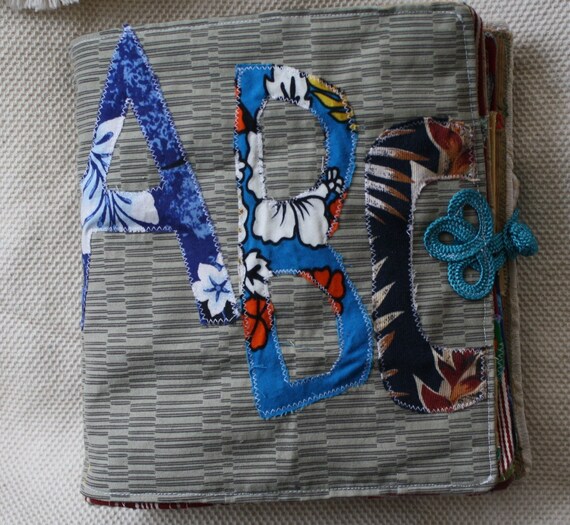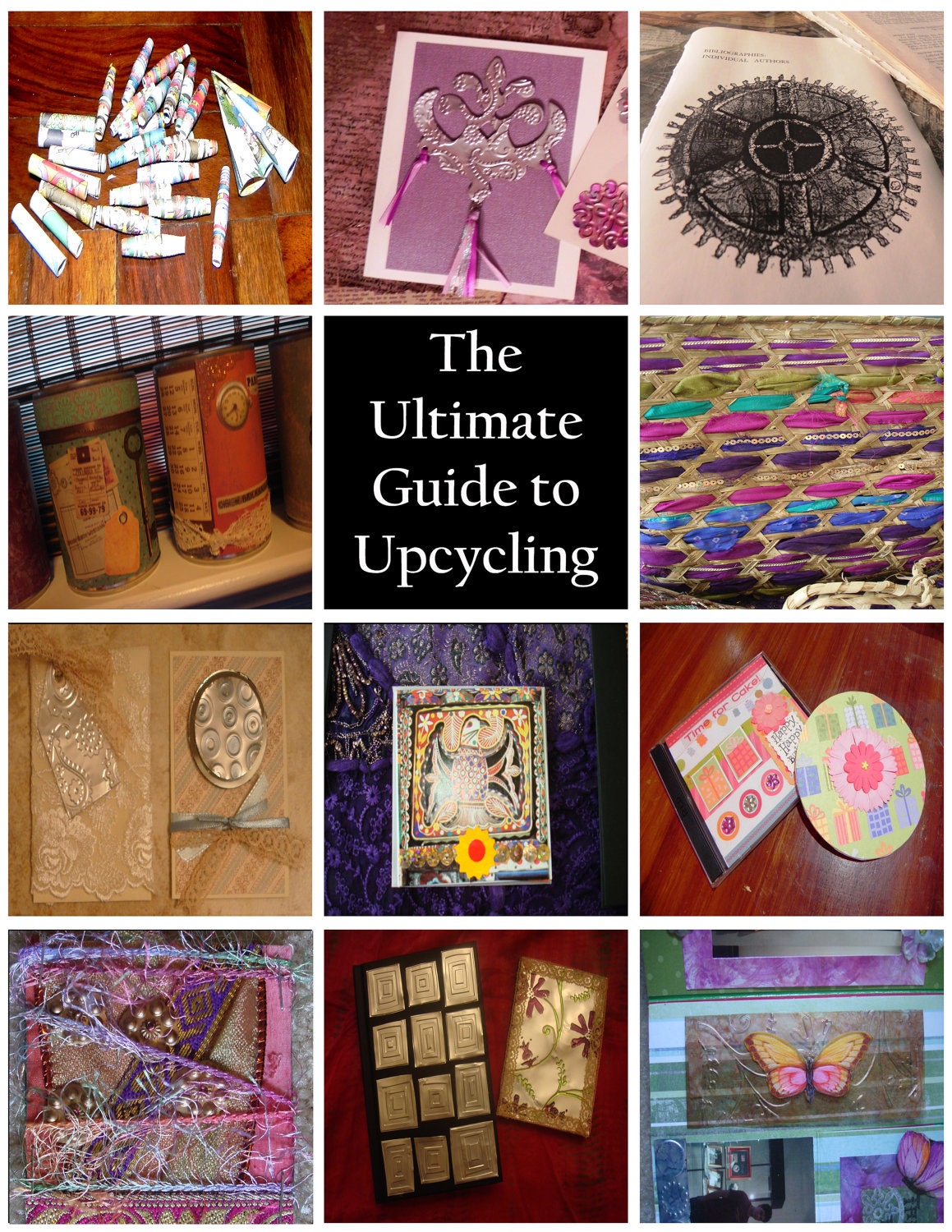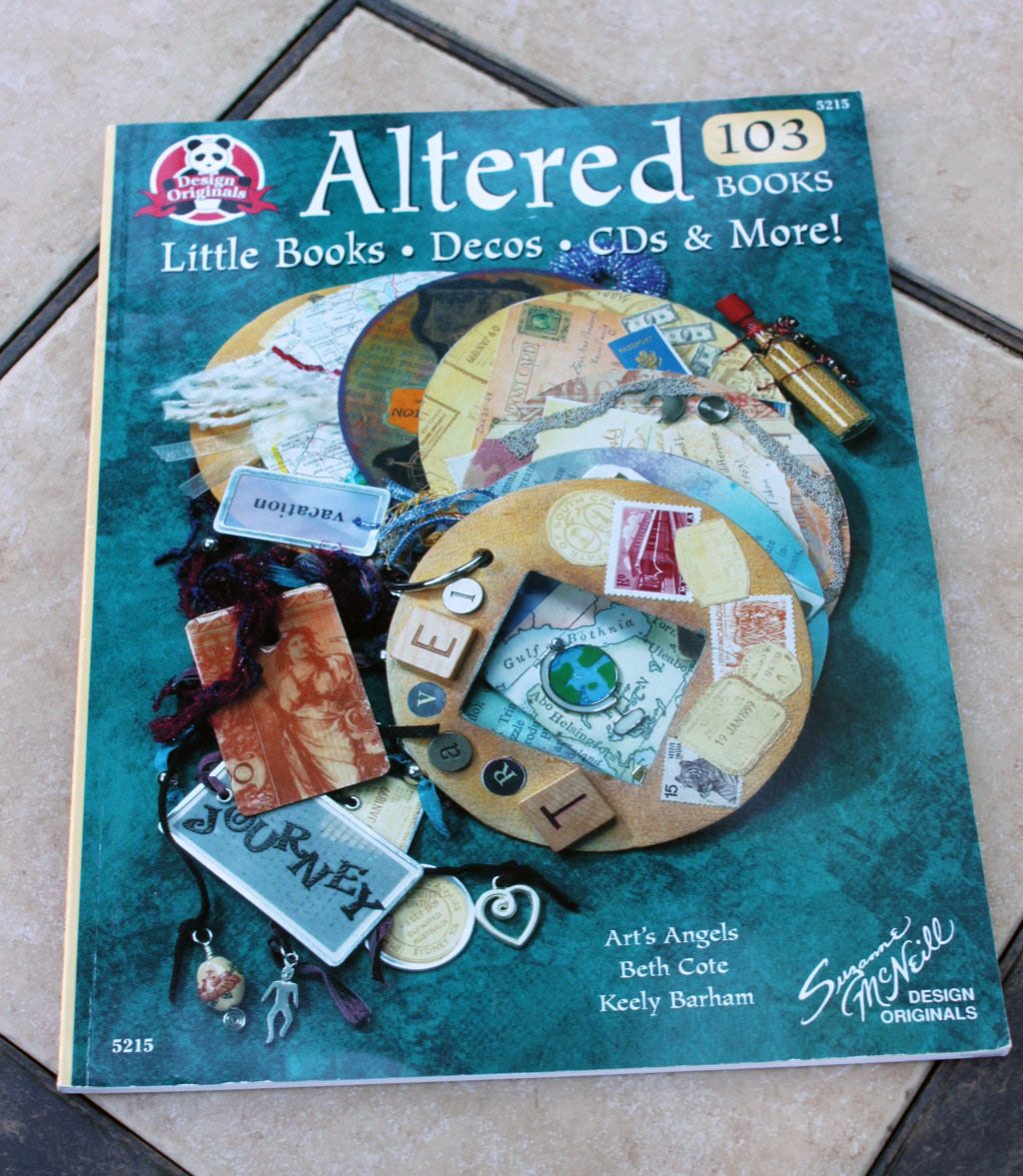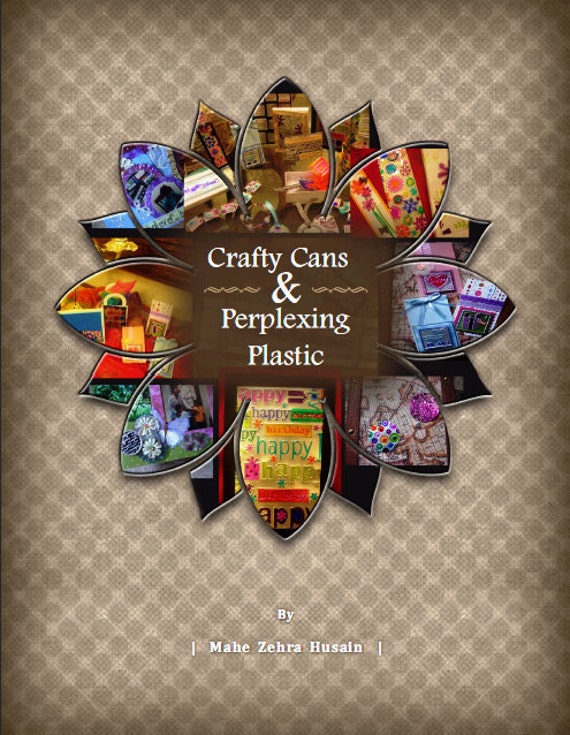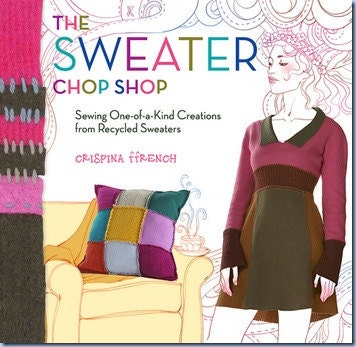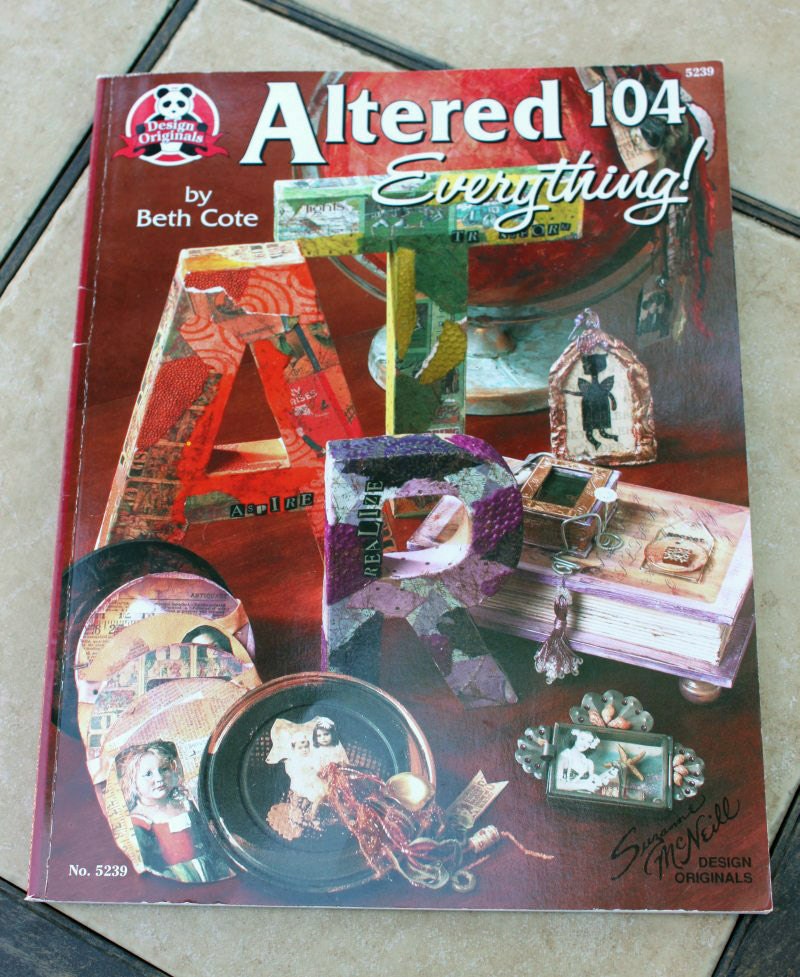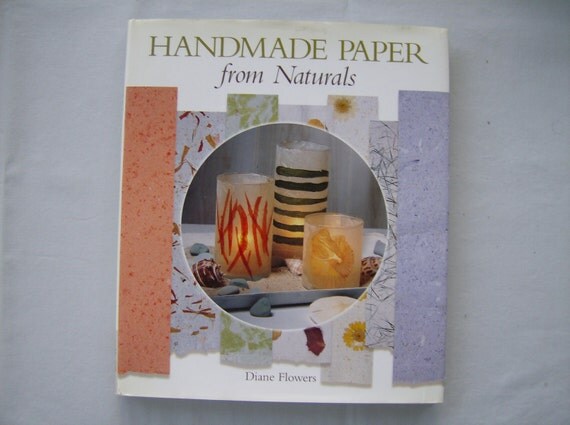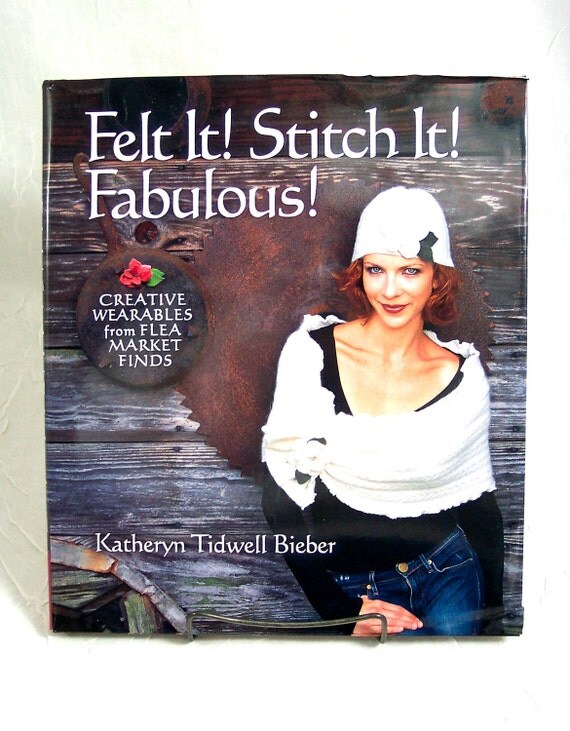The Economy. You can't open a newspaper or a news site on the internet without seeing something about the economy. It is all anyone can talk about. Being an election year, politics tends to bring these things to the front page, but we are going to leave politics out of this. This will be a discussion of the core issues. We will discuss how energy has a direct affect on our economy, how energy consumption factors into this equation, and raise the question of what effect upcycling could have. In later articles, we will go into much greater detail in all of these areas, but for today we will focus on the basics to get the conversation started.
For the first article of this series, I thought we should spend our time making connections. The mainstream media is terrible at making these connections. It does more to confuse people than it does to help them understand how hydrocarbon energy and our economy go hand in hand, probably because all of our media outlets are owned by only 6 corporations, but that is a different conversation. That's okay though. We don't need them. We can make these connections ourselves.
The Connection between Hydrocarbon Energy and the Economy:
Our economy is built on consumerism, which means that, at its peak, 70% of our economy was built on people purchasing goods. So what does hydrocarbon energy, or oil, have to do with this? Everything. The
US Energy Information Administration tells us that out of one 42 gallon barrel of oil, only 19 gallons of it is used to produce gasoline. So what are the other 23 gallons used for? You can find some wonderful graphs and explanations
here on this post on the Oil Drum, done by Chris Skrewbowski. Only a small percentage of oil or natural gas produced is currently used to manufacture everyday items. So why is this small percentage important?
First, let's look at the goods we are purchasing. Thousands of goods are petroleum based. Literally thousands. You can download a good list
here. I don't have the room to list them, but I guarantee you are using one of them right now. A substantial portion of the goods we purchase are petroleum based because it is a cheap material source, and allows for more people to afford to purchase the various goods made with it. With an economy that is fed by consumerism, the ability for more people to be able to purchase is vital to our financial "health". This also creates other problems, like cyclical consumerism, which means that products are designed to have a short life span so the consumer needs to go purchase a new one sooner, but that is a lengthy discussion that will have its own article later.
Second, transportation. This is where the vast majority of oil is used and it is transportation where it is truly difficult to substitute for oil. We live in a global economy. Most goods are not produced locally, which means that large amounts of oil are required to transport those goods from the manufacturing plant to the stores that will sell it. Now, that may only be a state away or it could be an ocean away. Most likely, it is an ocean away. Transportation of goods is vital to our economy and our food supply. If these goods do not make it to stores, consumers are not able to purchase them and contribute to spending the 70% of our GDP our economy once boasted. In a worst case scenario of transportation failure, food wouldn't make it to the grocery store, and people would soon be cut off from food sources. Starvation would become a serious concern.
As you can see, hydrocarbon energy is so entrenched in our current system that there are no easy answers. This is a complicated conversation we are having, but that doesn't make it impossible or even difficult to understand. Once you know the basics, the rest is really easy to follow. Once you know that all of the items you purchase are either made from hydrocarbon sources or transported to you using oil, you can see how fossil fuels shape everything you have and need, including access to food. This is why, although we have a consumeristic economic system (meaning simply that our economy is driven by people spending money), this system absolutely depends on hydrocarbon energy and cannot survive without it in its current structure.
What About Energy Conservation?
This is an important question. We can certainly be conserving more energy than we are now. It is obvious that there are some people/corporations that would oppose a large movement to conserve fossil fuels because it would hurt their bottom line. It doesn't matter that their combined bottom line is trillions of dollars and they could lose a few billion and still be able to feed their families and live in a nice home and take fabulous vacations and do whatever else is important to them, but that isn't how our system works right now. But that doesn't mean it needs to remain that way.
It should be remembered that sustainable energy is a finite resource. We can only collect so much energy from the sun and wind and tides, and we may not be able to harvest enough of it to replace fossil fuels at our current rate of consumption. To make sustainable energy a realistic goal, energy conservation is essential, and even then it likely won't be enough right away. This is important to realize. We can drastically reduce our dependency on fossil fuels, but we lack the necessary infrastructure to immediately eliminate them. It will take time to build this infrastructure out--and time is something we are running short on.
We all know that we need to conserve energy. So what do we do about it? We could all use mass transit, or make a donation to our favorite non profit environmental group, volunteer to help clean up an environmental disaster, or live in passive houses. All are great ideas, but are they enough? Shouldn't we be demanding large scale sustainable energy efforts? Of course we should (and many of us are), but there is an idea that has been planted in the minds of millions that this infrastructure would take too much money to build out. Some people only look at the price tag and can't see the return on the investment. The question of what obstacles need to be overcome to achieve large scale sustainable energy, and what we can do ourselves without government assistance, should be explored. This is also something we will delve into greater detail in a future article, which will also include more conversation regarding the alternative energy sources available to us and how viable they are.
What About Upcycling?
We all know that upcycling on a small scale, like the way us hard-working artisans go about it, requires very little energy. There are very little in the way of manufacturing processes in our work. We lovingly create from the item as it is, with most alterations to it completed with our own two hands, or in some cases a sewing machine or machinery to cut or shape wood and metal. All of these require very little energy compared to mass manufacturing. We may cut or reshape the item we are working with, but there is not an energy sucking recycling process that takes place. Large scale upcycling would take on a recycling process and that requires a lot of energy. Remember that no where in the definition of upcycling does it say that a manufacturing process does not take place. It only says that the item is not inferior in quality afterward, as it is in recycling, or downcycling, as it is now often being referred to.
We need to make a distinction between Industrial Upcycling and Artisanal Upcycling because they do not and can not operate in the same way. Industrial Upcycing would likely be too large scale to be successfully accomplished employing the small scale methods that Artisanal Upcycling uses. The question becomes what kind of energy is being used to accomplish Industrial Upcycling. This really goes back to energy conservation and alternative energy resources. It is easy to have an immediate impulse to reject Industrial Upcycling because of the manufacturing process. I myself had a difficult time coming to peace with the idea, but the bottom line is that it is the best option we have. Especially when it comes to things like e-waste and metals. The recycling process is always dirty because it requires so much energy, but compared to mining practices and the toxic nature of e-waste it is a preferable alternative to traditional methods.
The energy could easily be cut in Industrial Upcycling if companies incorporated upcycling successfully into their business models. It is happening right now. Companies like Terracycle and Hipcycle.com have built their entire business models around upcycling. I have never hid my fondness for these companies, and their success can mean big things for upcycling. These businesses are proving that upcycling can be a profitable business model. Once something proves profitable, every company becomes more eager to incorporate the same methods into their business models. I say the more the merrier! Why they are doing it should matter. They should want to do it because it is the environmentally responsible thing to do. But at this point I can be quite content if they are doing it for profit, as long as they are doing it.
What Comes Next?
Obviously, we have only just scraped the surface of these issues. As this series develops, we examine each of these issues and more. We will get into the guts of all of it. We will look at how we can incorporate sustainable energy sources into our current infrastructure, we will examine a resource based economy designed by Jacque Fresco (call me a "Utopianist"), we will look at what kind of infrastructure is needed for Industrial Upcycling, how Artisanal Upcycling methods can be employed by companies to maximize profits and reduce waste, we will talk about cyclical consumerism and what we can do to decrease it, and we will further examine how fossil fuels and hydrocarbon products drive our economy. In my next article, we will really examine all the ways our economy is dependent on hydrocarbons. This will be a detailed journey right into the belly of the beast, so to speak.
I encourage comments and would love to see a productive conversation begin. I only caution you to try to leave your politics out of it, as I have tried to spare you from mine. It is difficult to leave politics out of it, as we depend on politicians to act on these kinds of things, but I implore you to leave your politics at the door when leaving comments. Politics just clouds the core issues and we want to see the facts with perfectly clear vision. There are no democrats, republicans, socialists, fascists, communists, independents, or any other political faction on this board. There are only passionate humans with a common goal, leaving the Earth in better shape than we inherited it.
Love and Peace (with a special thank you to my wonderful boyfriend Dr. Loren Ballanti for helping me edit this article.),
Luci























